The iOS 14 operating system, like for example macOS 11 Big Sur or watchOS 7, comes with many new and great features. This new mobile operating system from Apple is available on the iPhone 6s and newer, i.e. on the entire 5-year-old phone. Competing Android can practically only dream of such support. It should be noted that in most cases iOS 14 works on Apple devices without the slightest problem. However, older devices with an old battery may already experience some performance issues. If you too have found yourself in these troubles, then continue reading - we will show you 5 tips that can help you.
It could be interest you
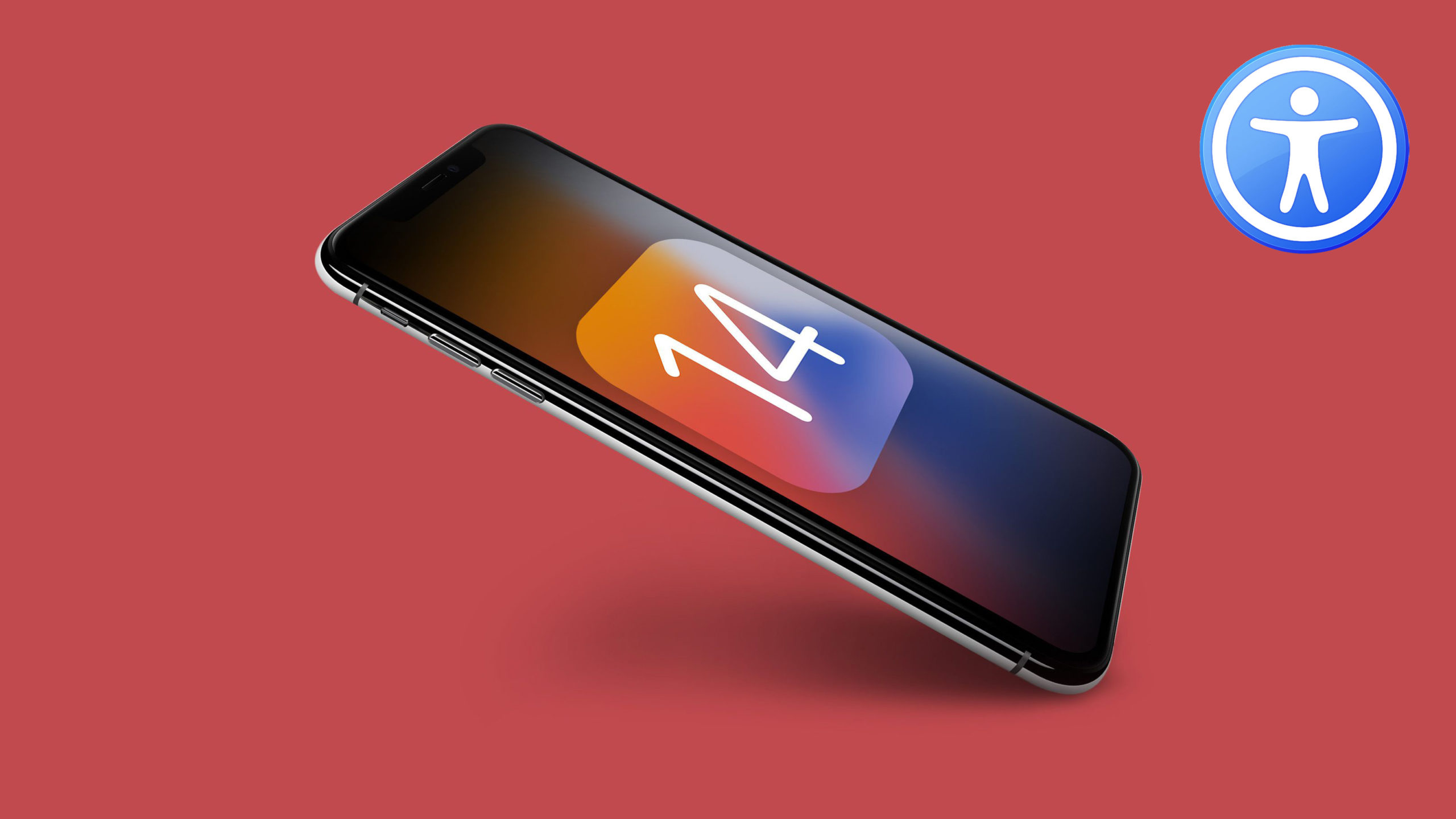
Wait for your time like a goose ear of corn
Even before you decide to draw some conclusions a few minutes after the update, that is, regarding the usability of the system, you should know that the system in the background after installing a new version performs countless different operations that can burden the system. These processes are performed by the system after each new update is installed, which is one of the reasons why low battery life issues can occur in addition to performance issues. So, if your device freezes after installing iOS 14 and you have low battery life, try to endure it for the first few days. Gradually, the iPhone should get used to the system and everything should return to normal. If not, continue reading further.
iOS 14:
Update to the latest iOS
Even though the iOS 14 operating system has been available for several months in beta versions, the public version has only been available for a few weeks. As for other iOS 14 updates, it should be noted that in addition to the release of the majority version, only one minor update has been released so far, namely iOS 14.0.1. These early versions of new operating systems may contain various errors and bugs that may cause performance issues on your device. For this reason as well, many users prefer to wait a few more weeks or months for the release of further updates, in which corrections are made gradually. Of course, all new versions of iOS are tested by a large number of people, but only the public can gradually find all the other bugs. So try to always keep your device updated at least in the first few weeks. Just go to Settings -> General -> Software Update, where the update search, download a install it.
Disable background app updates
If you have already waited long enough after installing iOS 14 and at the same time you have installed the last possible version of iOS 14, then we can start deactivating various functions, which should potentially reduce the demands of the system. One of the features that ensures that some apps are constantly running in the background, cutting off a significant portion of performance, is called Background Updates. As the name of the function already suggests, thanks to it, background applications can automatically update their content. Apple itself states that deactivating this feature may increase battery life. In addition, of course, the demands on the hardware will also be reduced. If you want to deactivate this function completely, or for individual applications, then go to Settings -> General -> Background Updates. Here you can function in the box Background updates completely deactivate possibly below you can using switches disable this function u individual applications.
Update all apps
With the arrival of new major updates, developers often also need to update their applications to be able to "interoperate" with new system features without problems. Of course, most developers prepare their applications several long weeks or months in advance - after all, beta versions are available from then on. However, of course, some developers leave updates to the last minute, and then users can get into huge problems, from time to time some applications may not even start in new versions, or they may crash. If you are experiencing performance problems especially in certain applications, it is quite possible that they are not yet ready for the new systems, or you may not have them updated. In this case, go to v App Store na application profile and tap on Update. An overview of application updates can then be found in App Store, where at the top right click on your profile icon, and then get off below. To update all apps in bulk, just tap on Update all.
Making it accessible will help speed up iOS
If you've done all the options above and your iPhone is still struggling with the new iOS 14, you can use special features in Accessibility, thanks to which you can significantly speed up the system. The iOS system itself has countless different animations and beautifying effects, which of course require a certain amount of power to display. So, if you are able to make the animations and effects in the system live, then the system can use this performance in a completely different way. By deactivating these animations, the system will also look much more agile, which you will recognize in a few seconds. So, to speed up iOS 14, move to Settings -> Accessibility. Here, first click on the box Movement a activate function restrict movement, and then too Prefer blending. Then go back one screen and click the option Display and text size, where activate function Reduce transparency a Higher contrast.

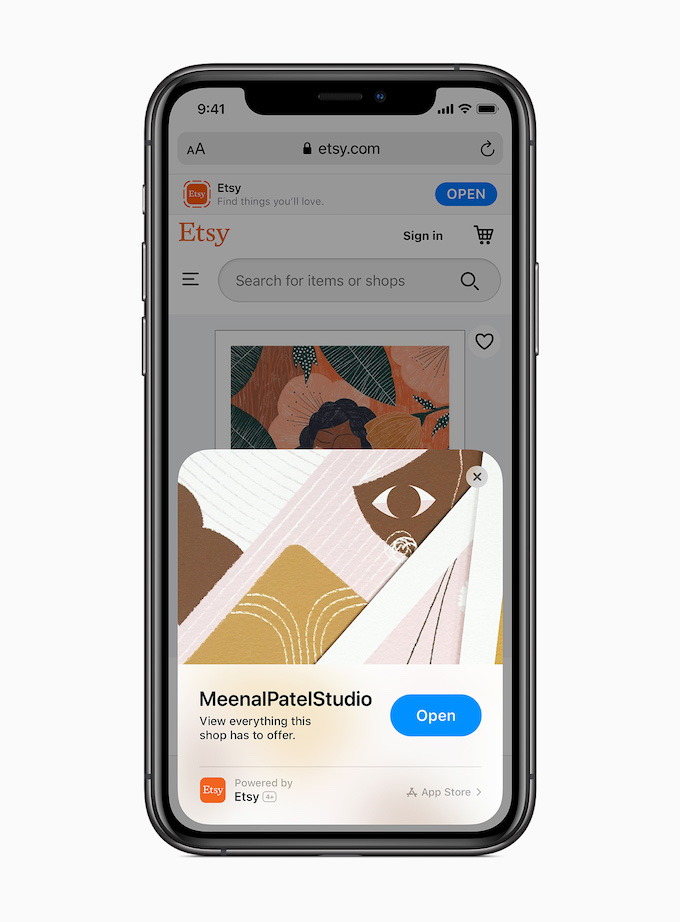
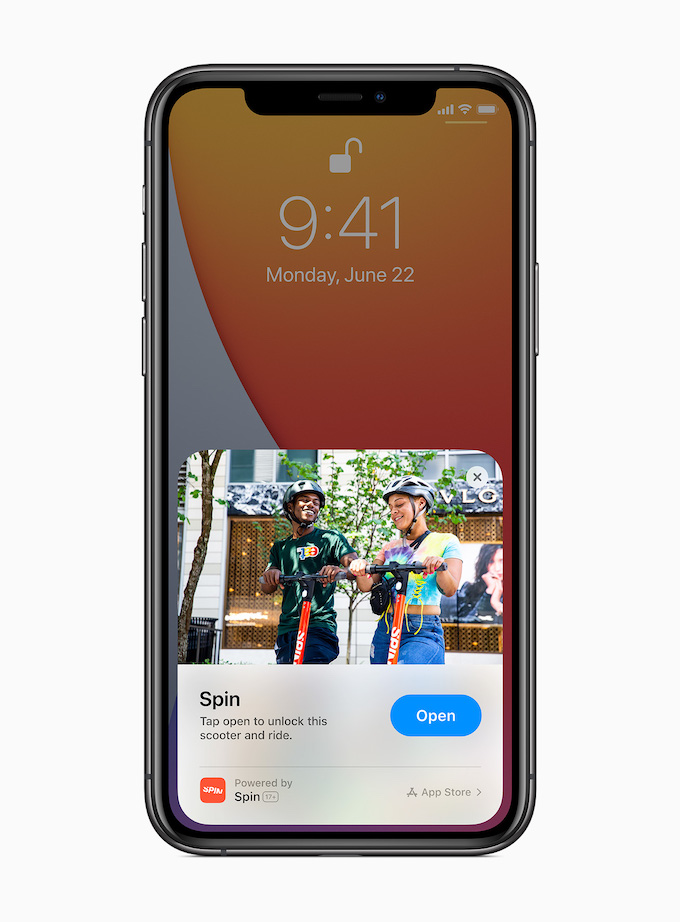
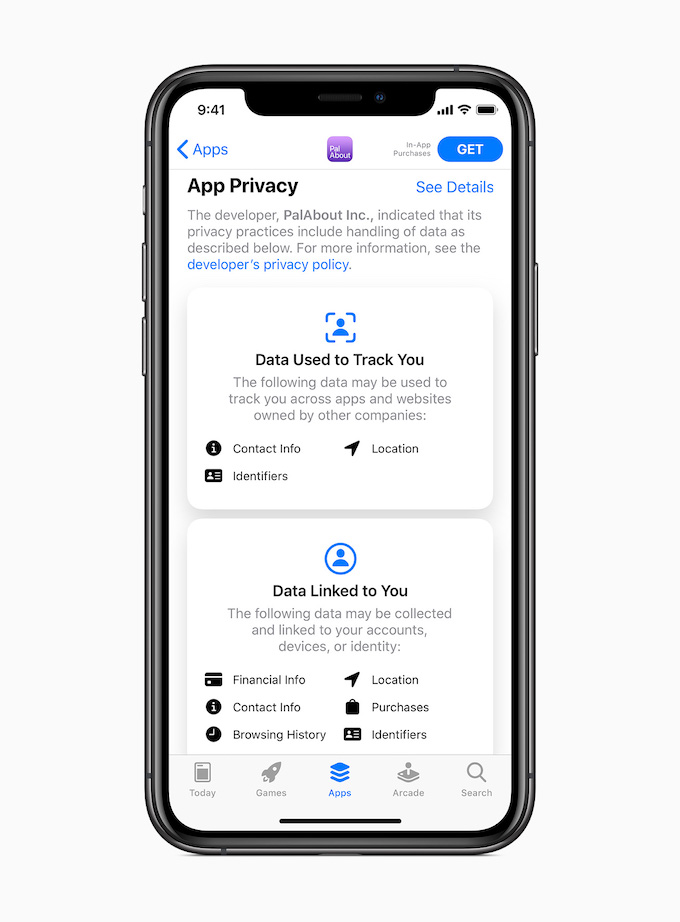
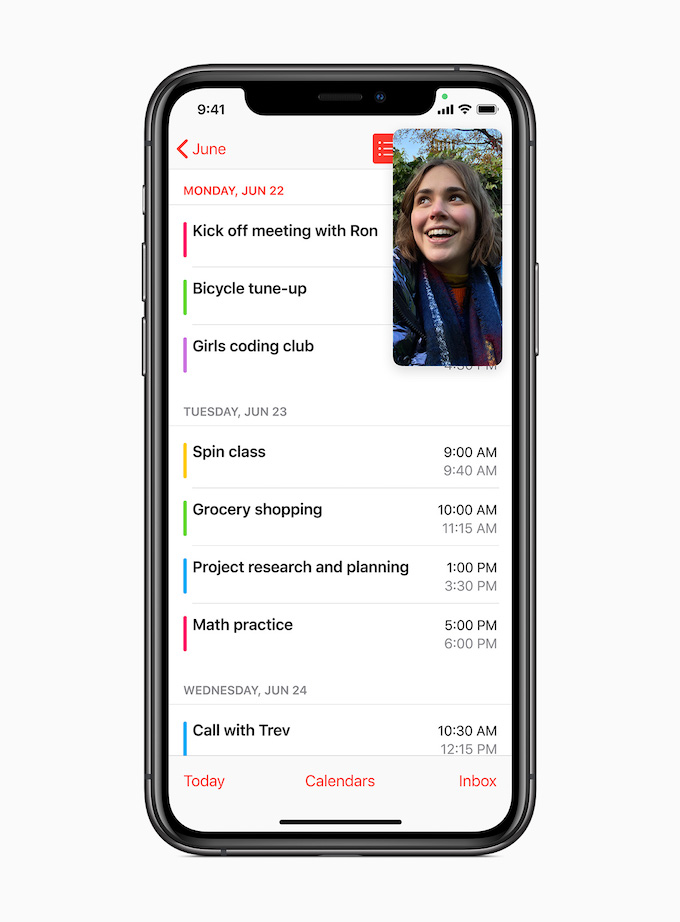
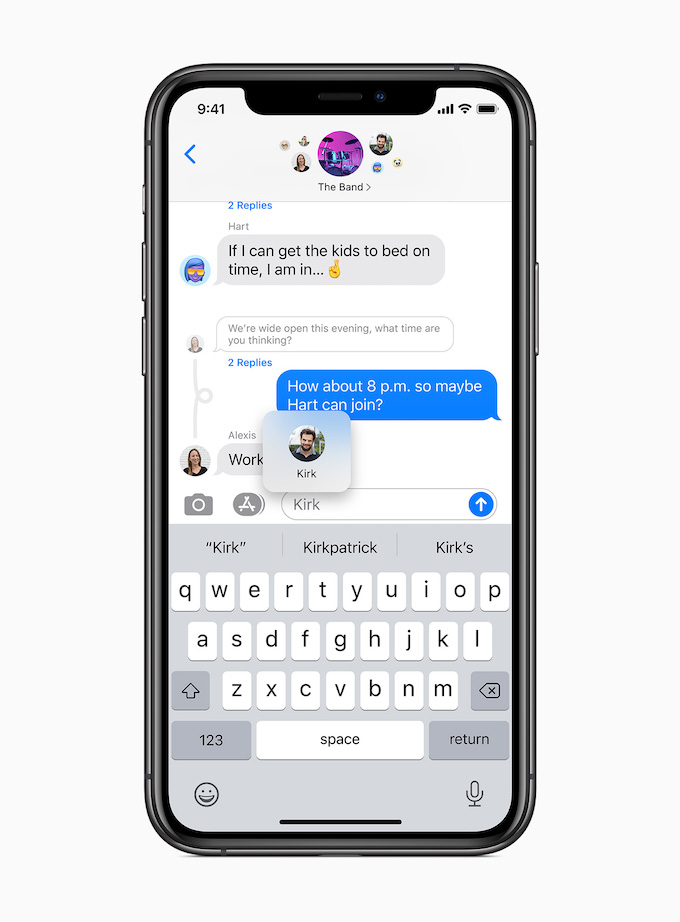
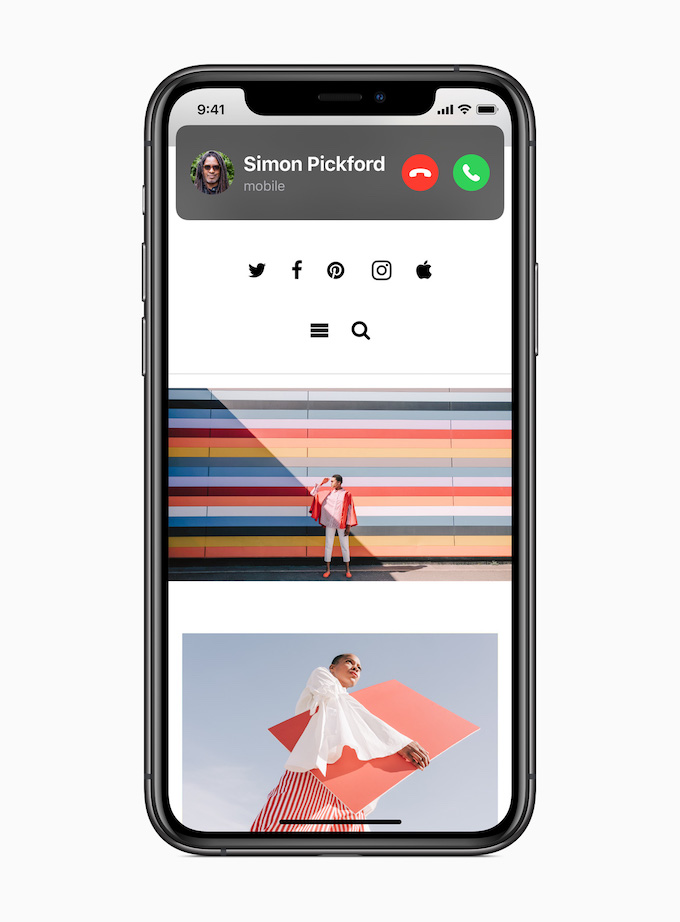
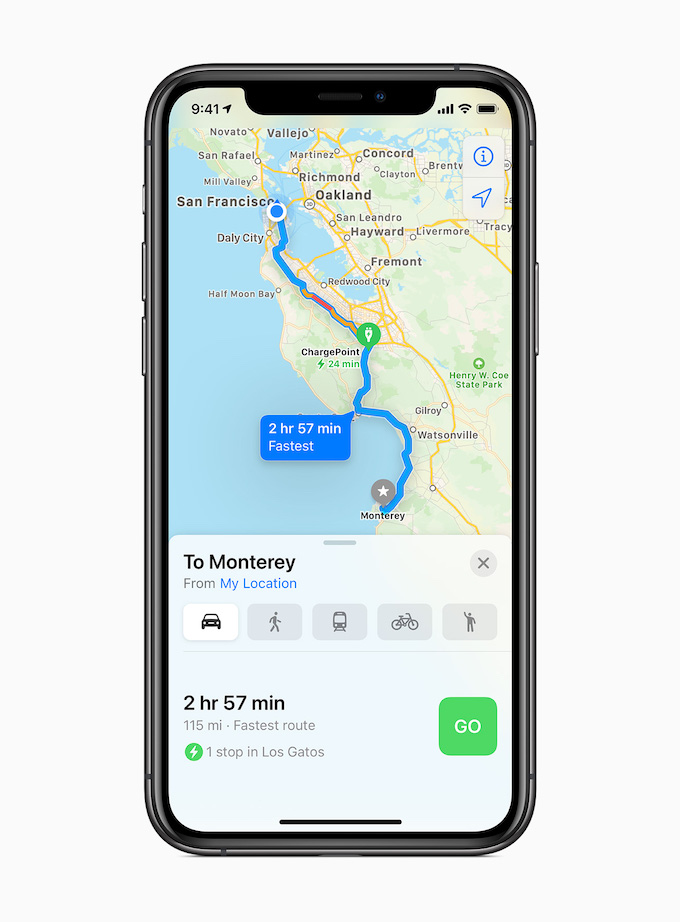
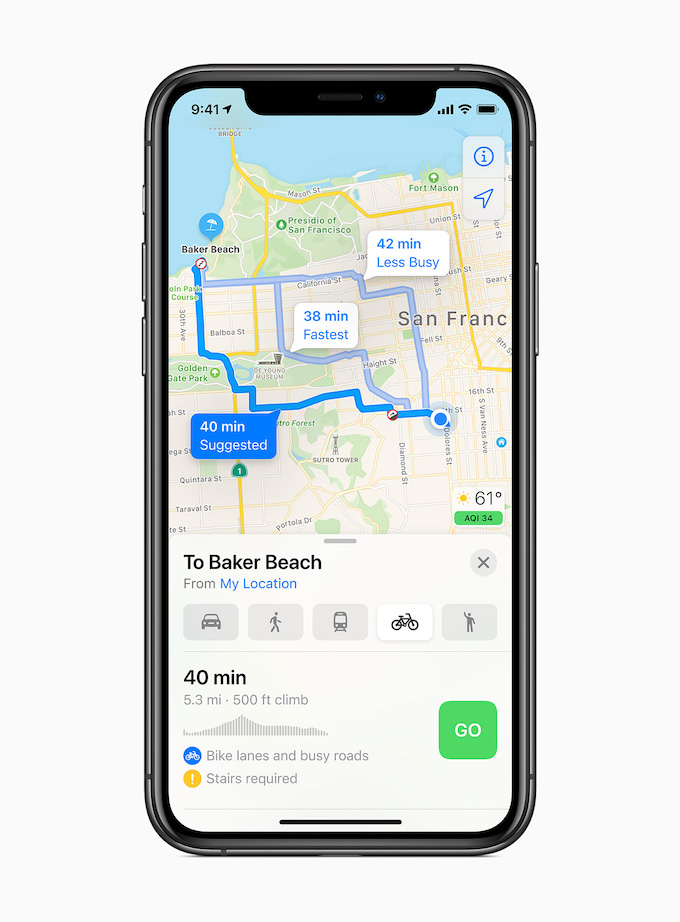
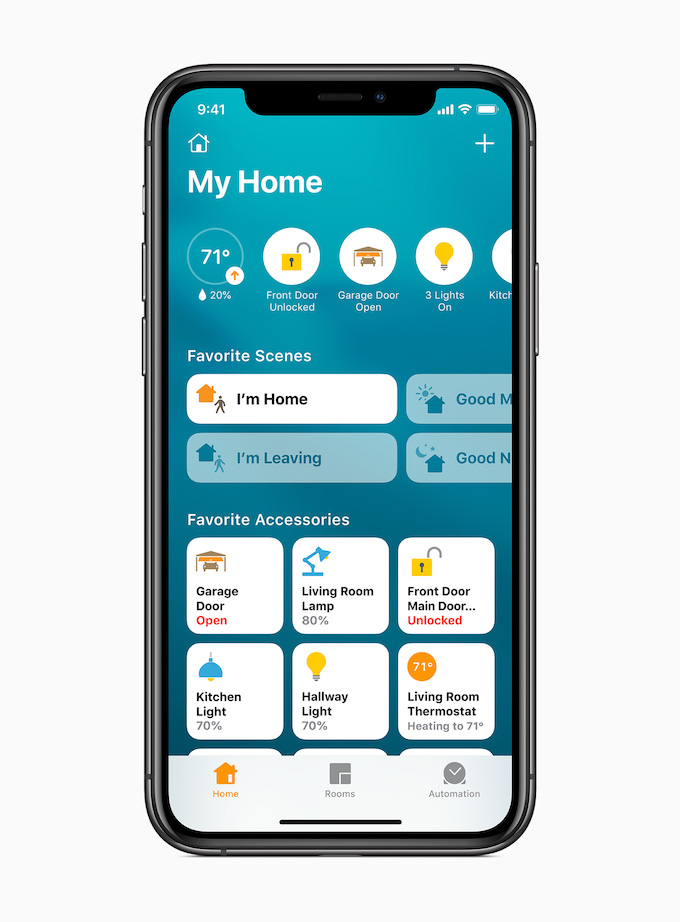
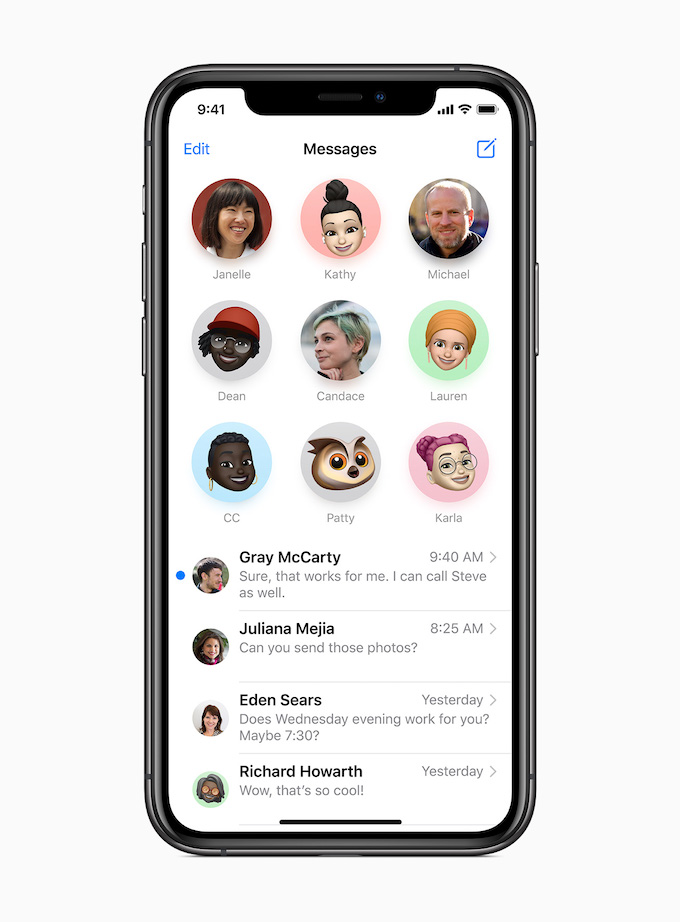

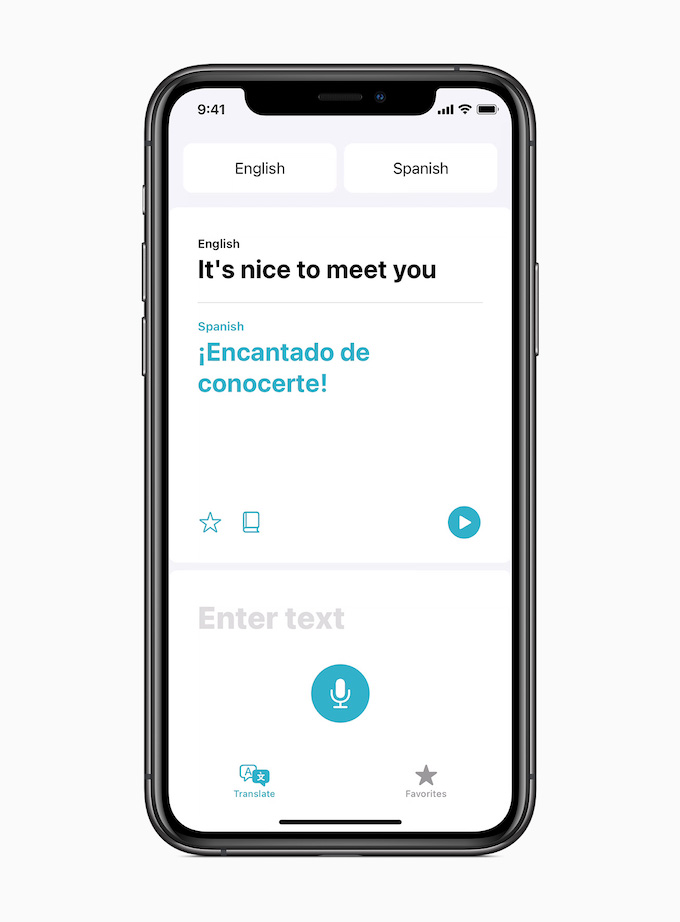

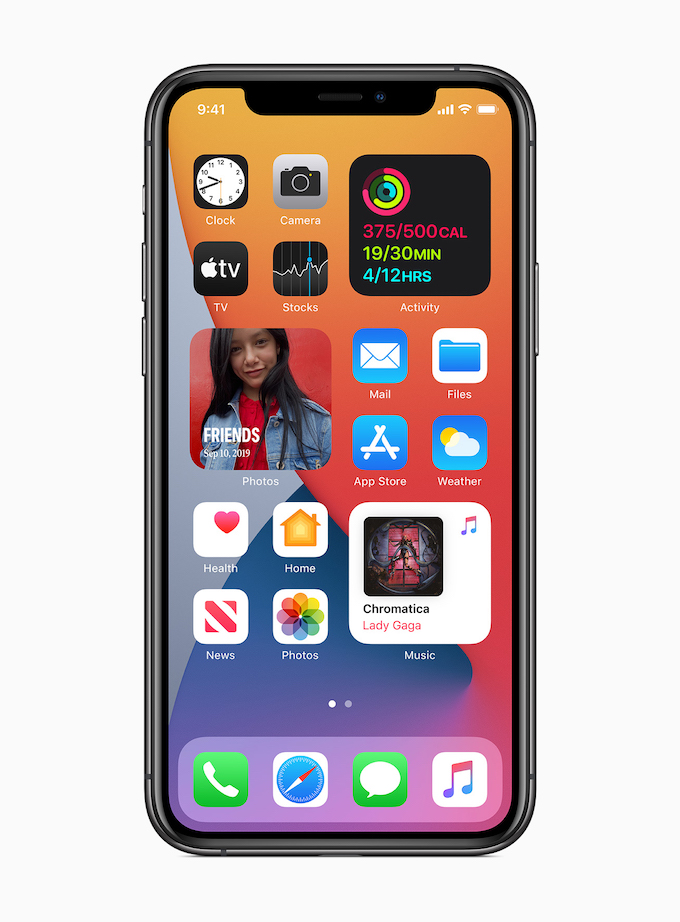
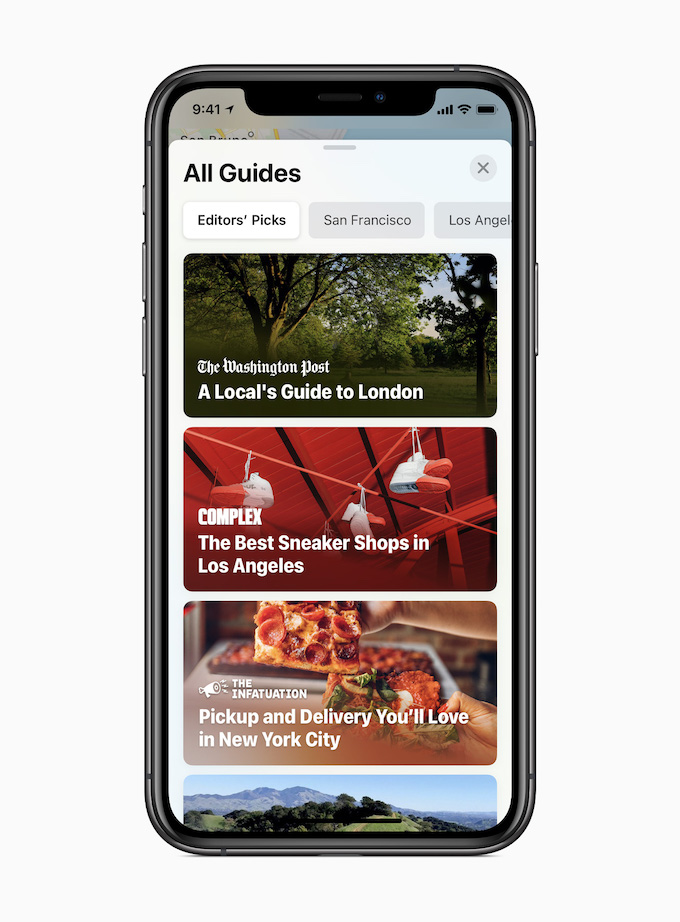

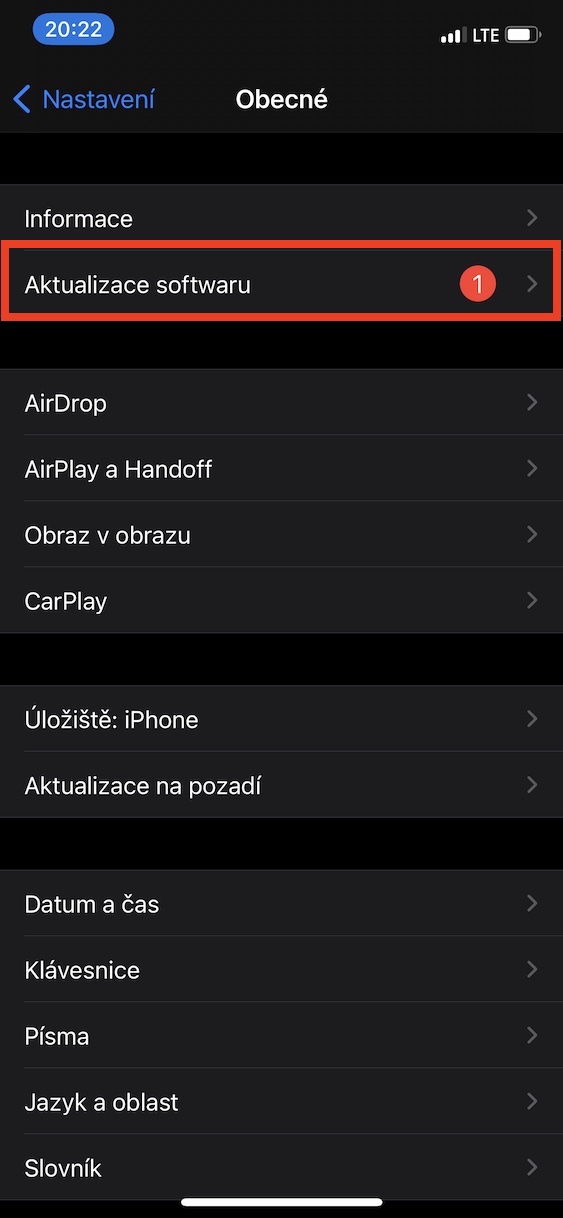
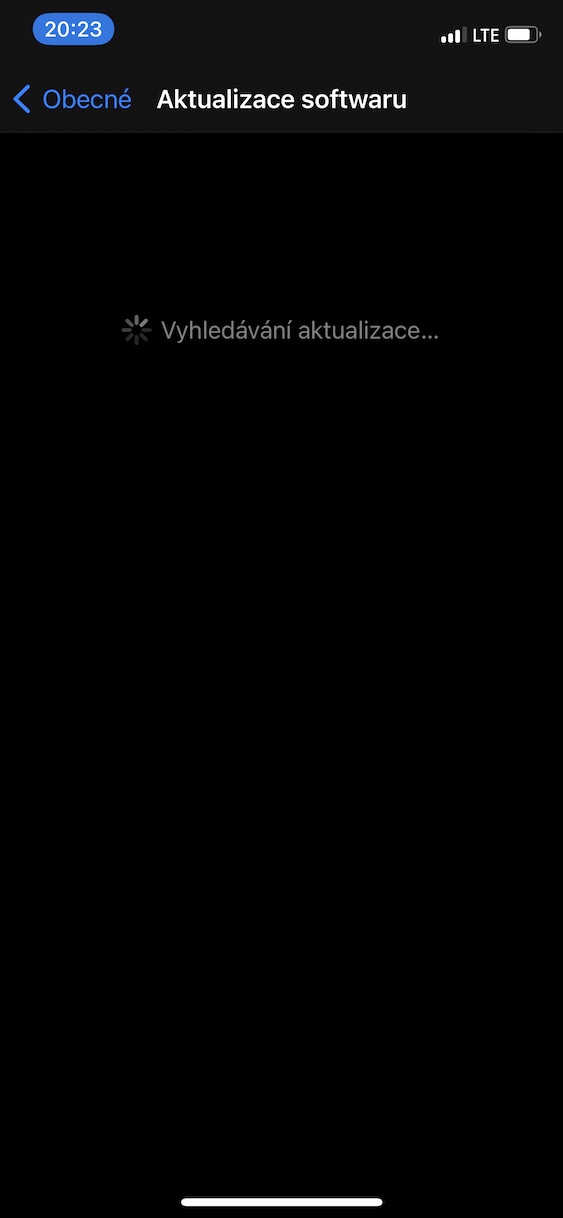
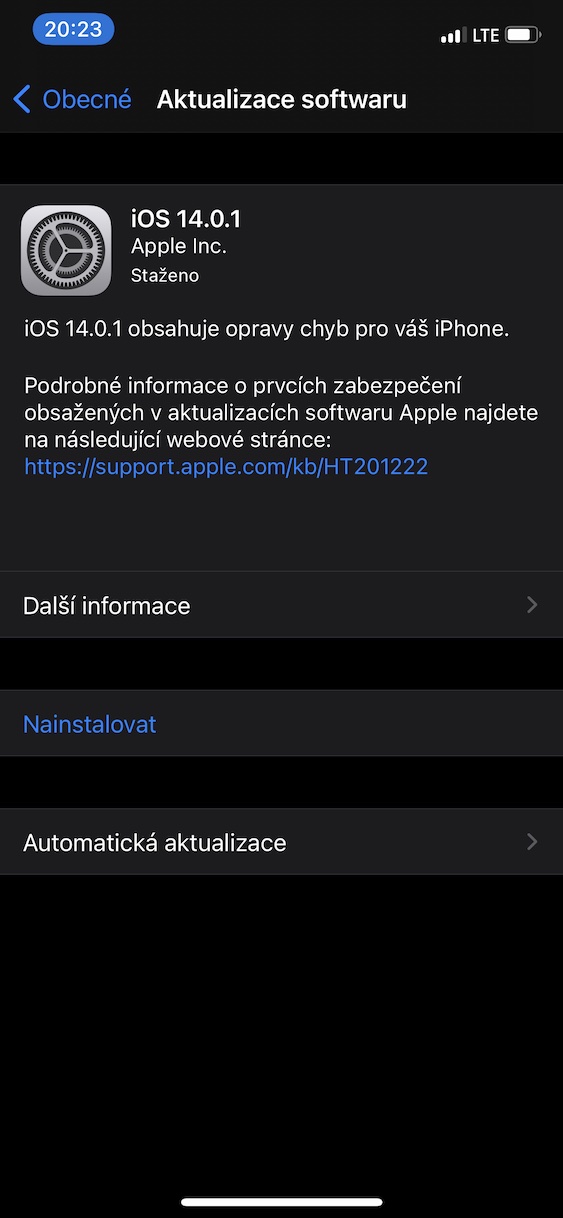
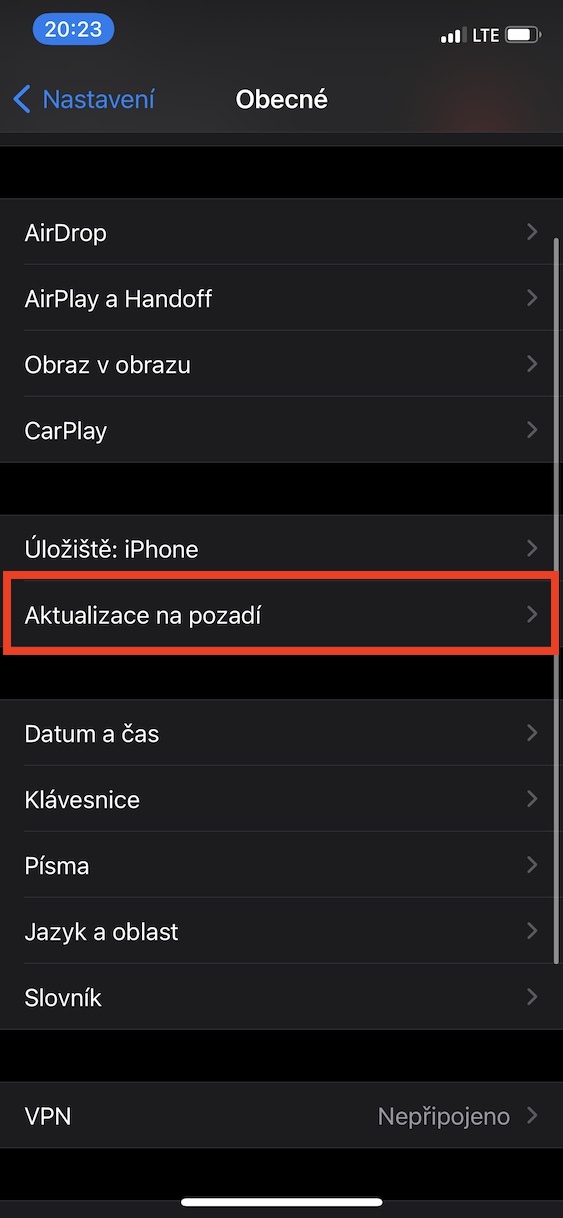
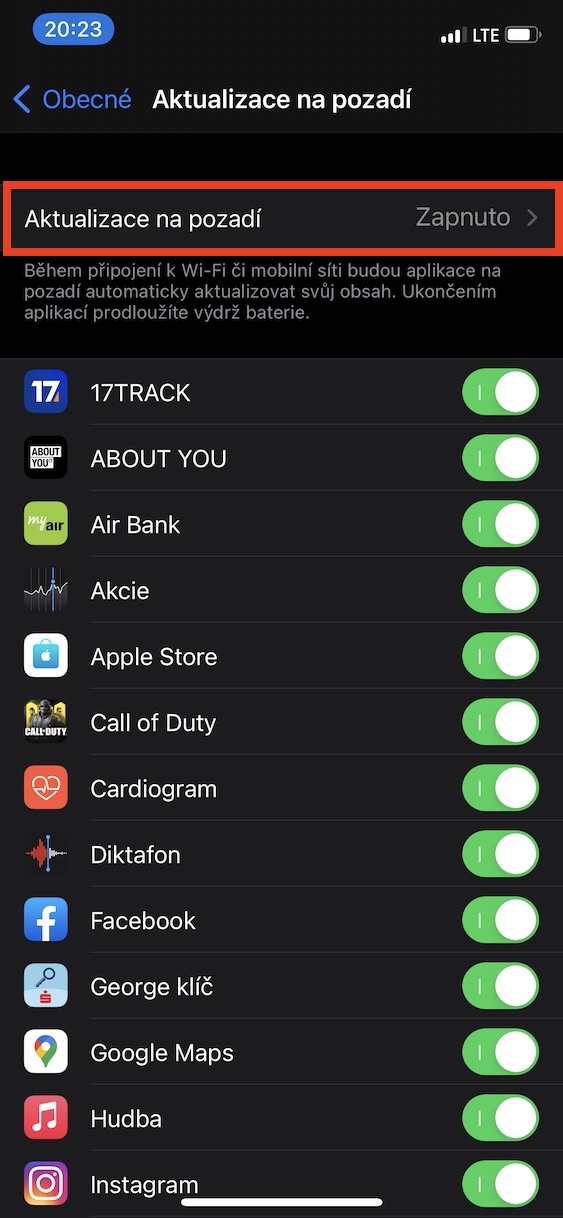
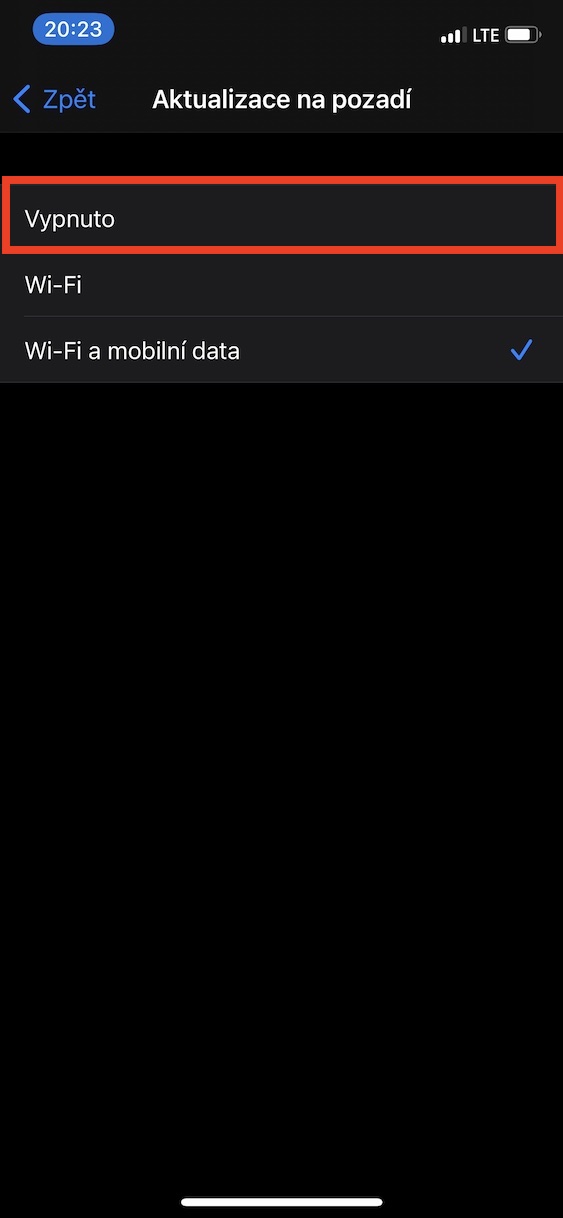

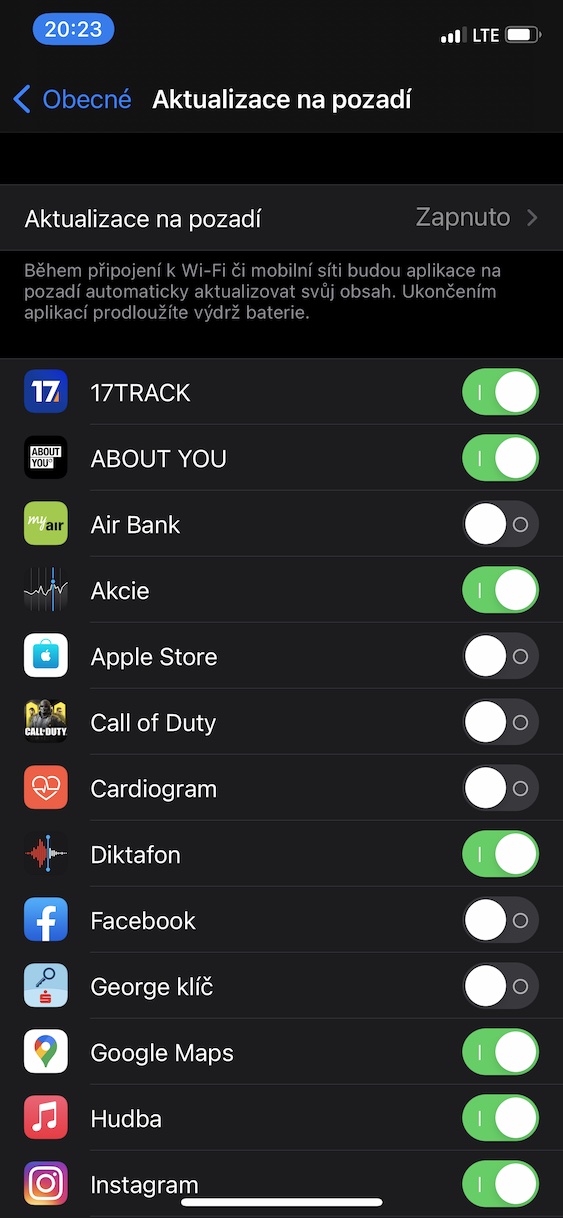
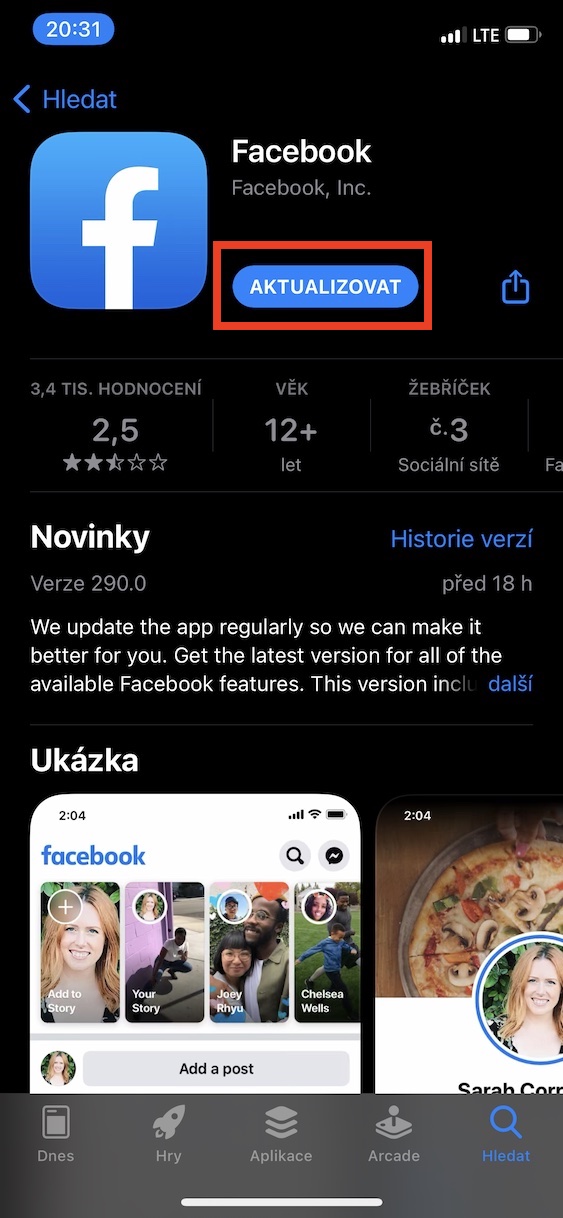
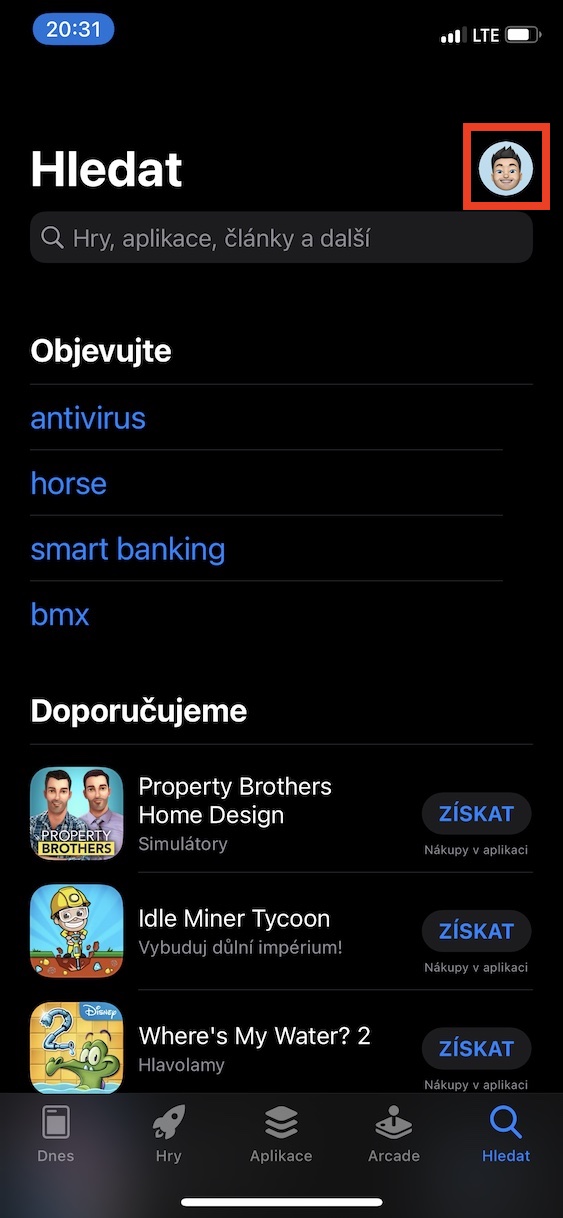

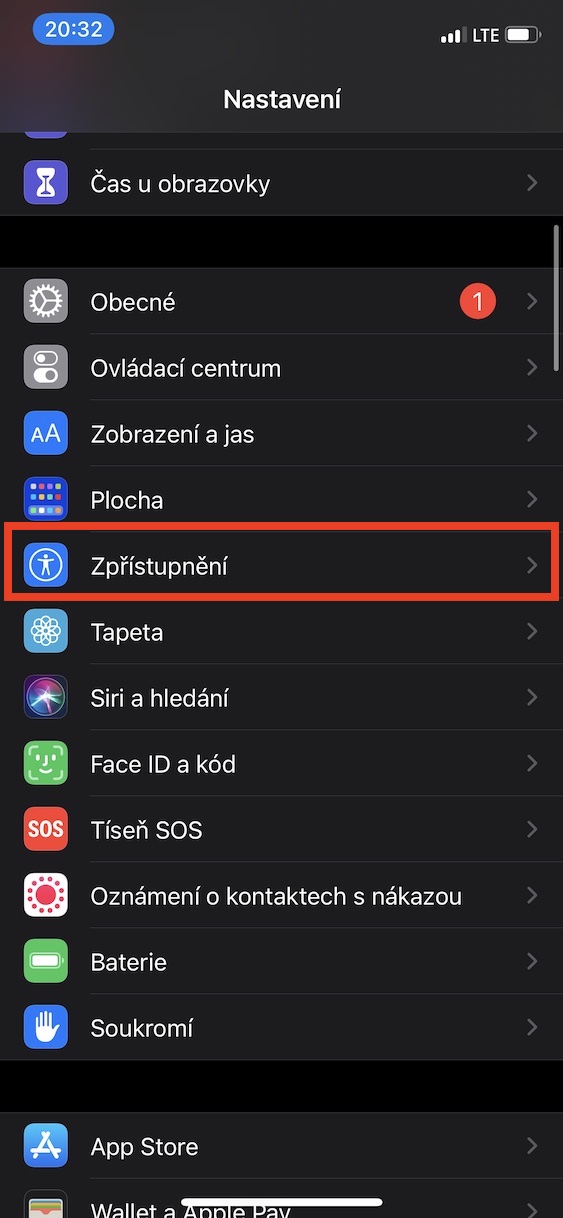

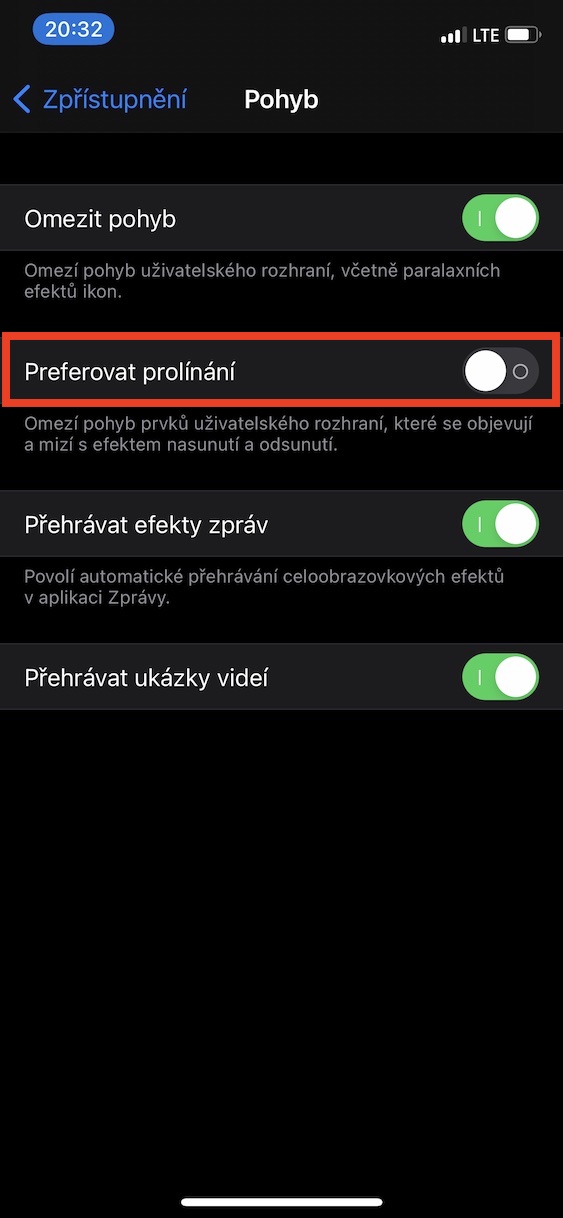
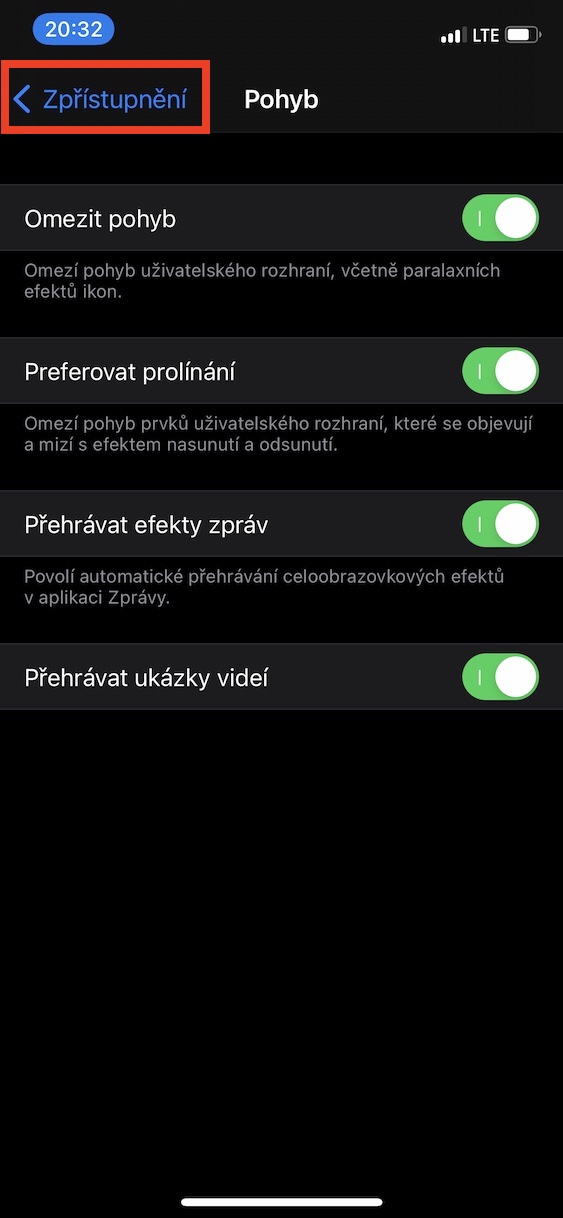
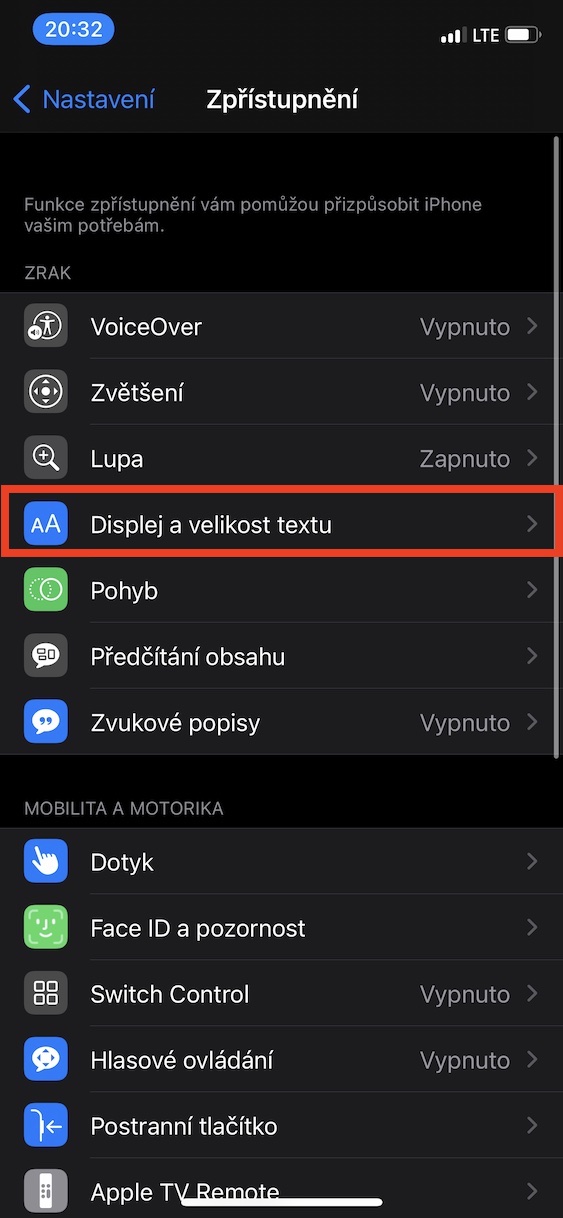
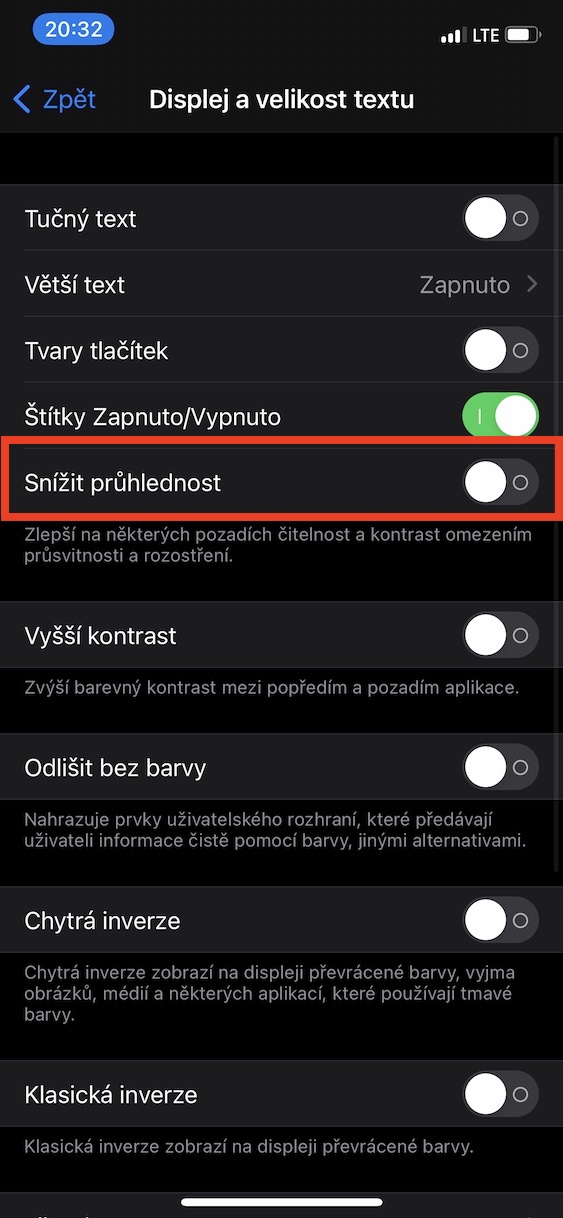
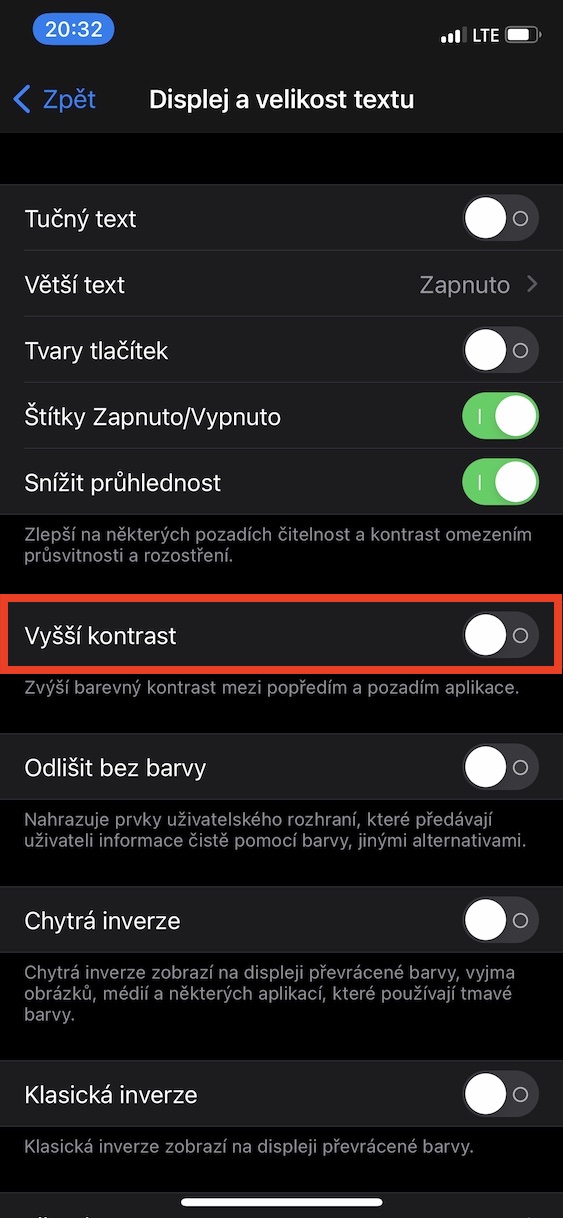
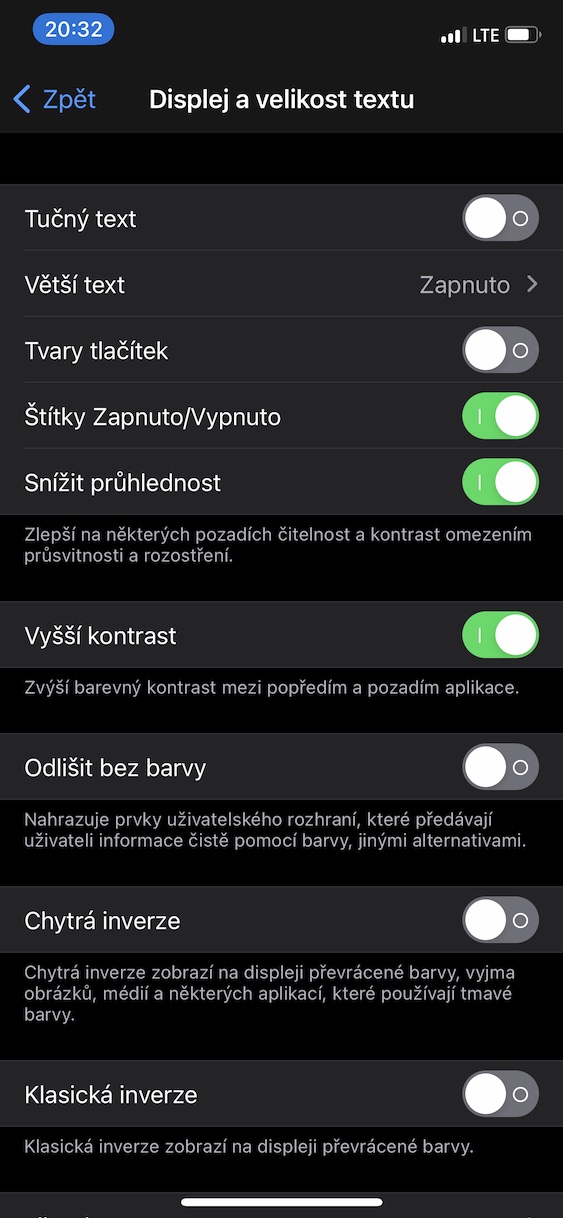
I wonder how Apple has configured the iPhone (and others) when they brag about battery life during launch. He always implements a number of wonderful improvements, so that the user then comes and tweaks everything he can just to last with a freshly charged foun until the evening.
That's advice again!!! How does turning off app update or disabling background updates relate to iOS 14?? Or wait for the update to finish! Perhaps this applied to every iOS, or am I mistaken??? The usefulness of the information in this article is almost nil :-((
I also think. In addition, men compare the xs max and the old SE where there is no reason to carry out the above advice for acceleration. . So I don't know what type of iPhone they are intended for.
I also have one test SE and it has no speed problem with iOS14. Shutting down services/processes has no meaning today.
It is for phones with dead battery. I'd rather replace the battery instead of falsely trying to set it up.